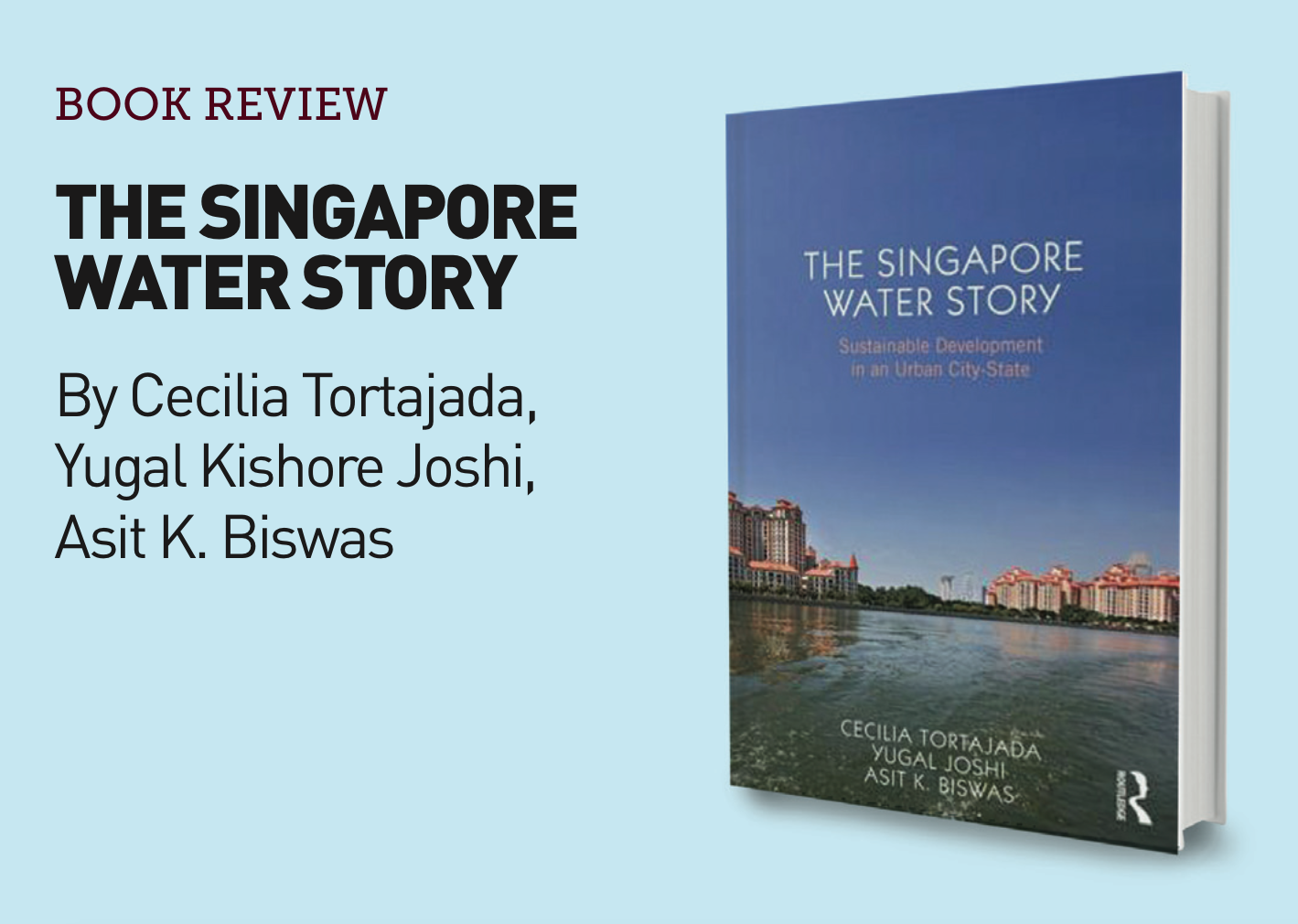
When Singapore became independent from Malaysia in 1965, water presented a curious paradox. On the global water index, it was one of the wettest – yet driest – countries in the world.
Clearly, for this small city-state with a geographical area of just 714.3 km2, a low-lying topography and no natural aquifers, lakes or significant rivers, water security would be a key area of concern.
Even though Singapore received more than the global average of rainfall, its small size limited its capacity to store and harvest the rainwater. Further, its dependence on imported water from Malaysia, which had in the past threatened to stop the water,
enhanced the country’s vulnerability as well as drive towards water self-sufficiency.
Over the past 50 years, Singapore has strategically planned for, invested in and innovated towards diversifying its water sources in order to reduce its reliance on outside sources. This has been done in conjunction with meeting the water demands of domestic,
commercial and industrial sectors (as well as for nature and recreational use) that have increased from 70 to 310 million gallons per day between 1965 and 2011.
This has led to the development of alternative sources of water that are commonly known as the Four National Taps, i.e. water from local catchment areas, imported water from Malaysia, reclaimed water (known as NEWater) and desalinated water. It has done
this without limiting its economic growth and pace of urbanisation.
In the book, the authors successfully tell this remarkable journey of a city-state that within five decades transformed from a third-world country to being a pioneer in water supply and management.
The eight chapters chronicle different aspects of this journey including the historical developments and comprehensive urban development plans; the legal, regulatory and economic instruments; the nation’s extensive public education and information strategies
to encourage pragmatic use of water; the decade-long process of cleaning up of the river systems of Singapore that revitalised the areas around it; and last, the role of media in the Singapore-Malaysian water relationship.
At each stage, the authors highlight the crucial role played by the comprehensive, pragmatic, forward-looking and long-term policy planning perspective adopted by the Government, catalysed by the highest level of political support and interest by the
nation’s founding father, Lee Kuan Yew
It is notable that decades before the term ‘sustainable development’ was officially coined by the Brundtland Commission 1987, Singapore was already on a path that recognised that investing in the environment and preserving its natural resources were as
important as urbanisation and economic development.
Today, it stands as an example of how both economic growth and high environmental standards can be attained simultaneously by adopting a comprehensive and integrated approach to development.
The book is a must-read for policy makers and water managers interested in integrated planning. Singapore’s story is that water policies stand or fall, not by themselves, but as part of a larger urban development puzzle.
It is true that Singapore’s experience does not travel well. Land acquisition or getting people to comply with significant changes, is difficult. Singapore also benefits from its one-level governance structure. In the book, a lot of attention is paid
to the outreach work of the Public Utilities Board (PUB) in spreading awareness about water conservation and its role in reducing water demand, but it is unclear how much of the success of its water campaigns is due to the PUB’s work, and how much to
the larger context of strict laws, regulations and pricing schemes. Also, the authors do not mention any alternative paths that Singapore could have followed, which would have made for an interesting analysis and discussion.
In policy work, while replicability is always a concern, the use of cases and deep understanding of a single case also has a central place. In this endeavour, the Singapore Water Story makes a useful contribution. It provides a good account of how this
nation-state transformed water, from a vulnerable spot in its security landscape, to a key area of policy expertise.
Editor’s note: Prof. Asit K. Biswas is the founder of the Third World Centre for Water Management in Mexico, and is the Distinguished Visiting Professor at the LKY School. Cecilia Tortajada is Senior Research Fellow at the LKY School.
Aditi Raina is a PhD student at the Lee Kuan Yew School of Public Policy, working on issues of water and rural development with the Institute of Water Policy. Email: aditi.raina@nus.edu.sg